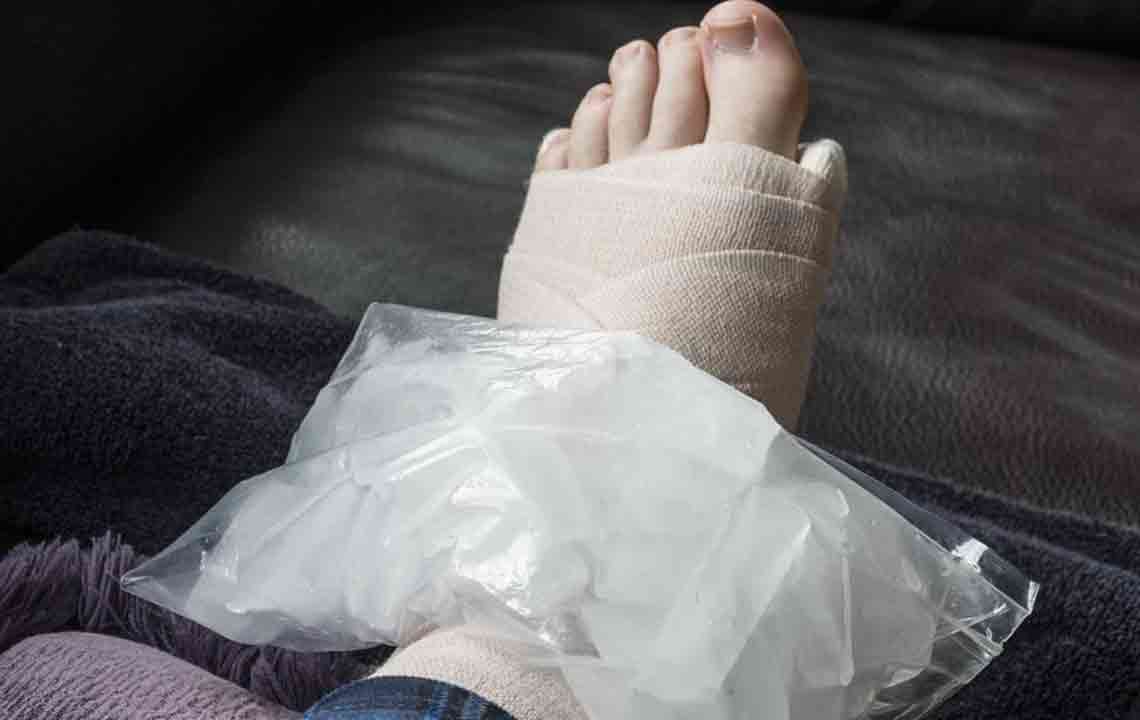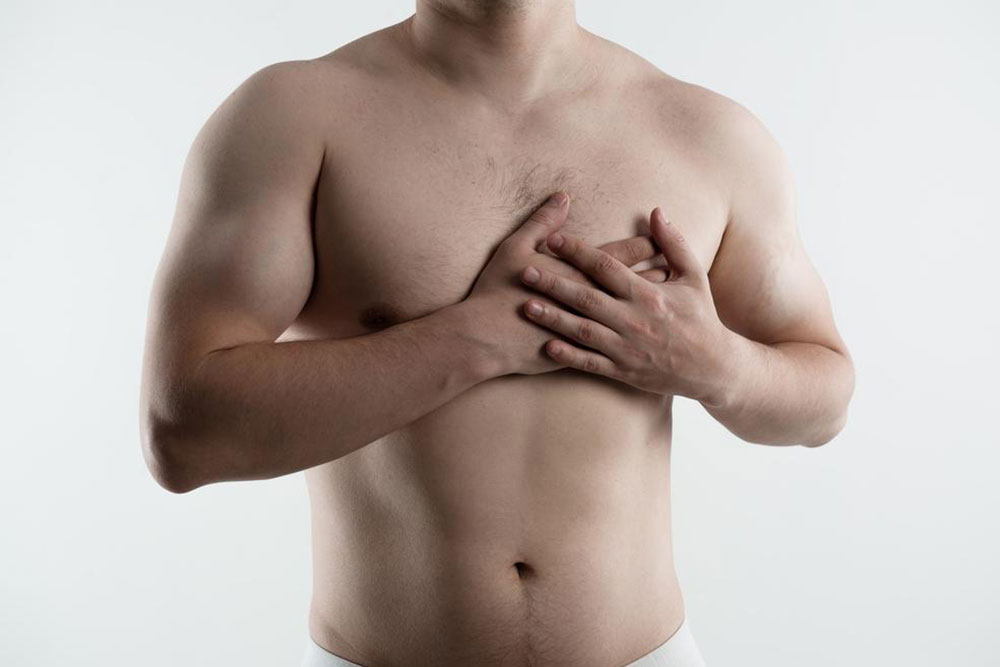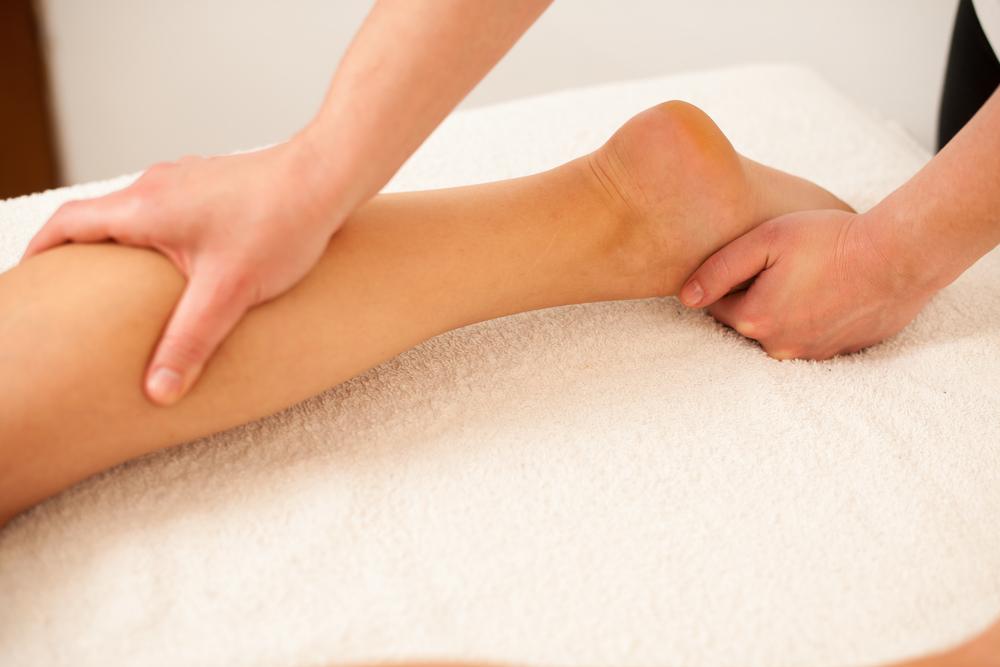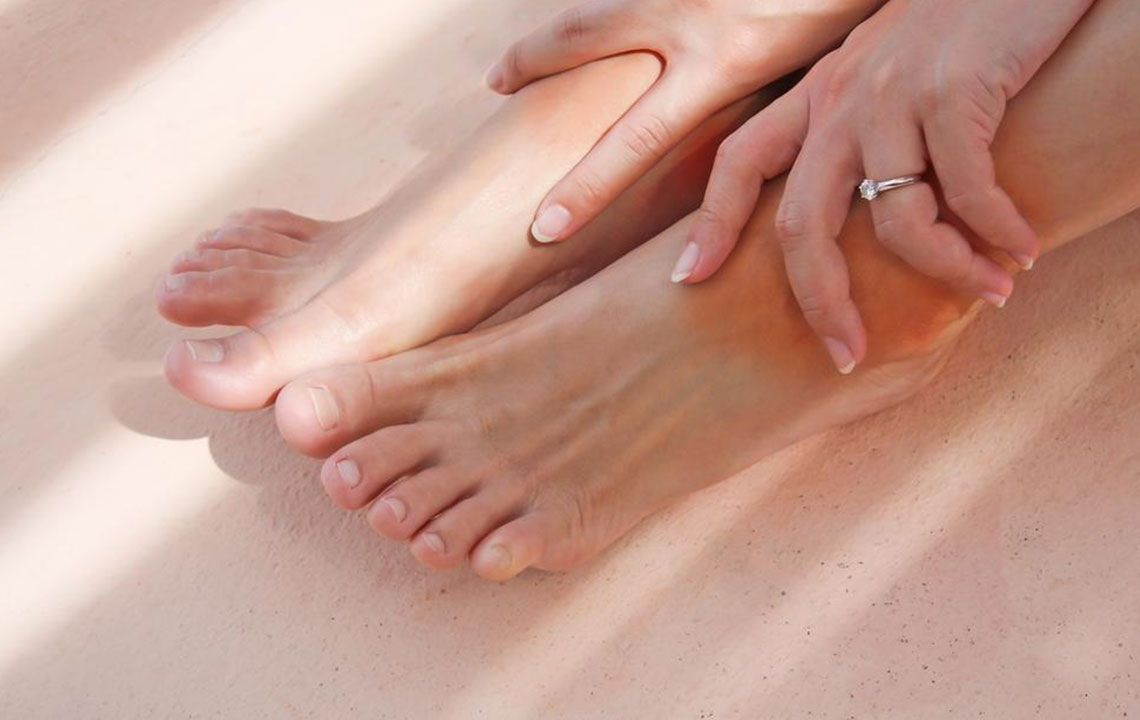Comprehensive Guide to Leg Swelling: Causes, Symptoms, and Effective Treatment Strategies
Leg swelling, or peripheral edema, can signal various health issues from minor injuries to serious conditions like heart or kidney problems. This comprehensive guide explores causes, symptoms, and treatment options to help individuals recognize and manage leg swelling effectively. From lifestyle adjustments to medical interventions, understanding the key factors involved can lead to better health outcomes and relief.
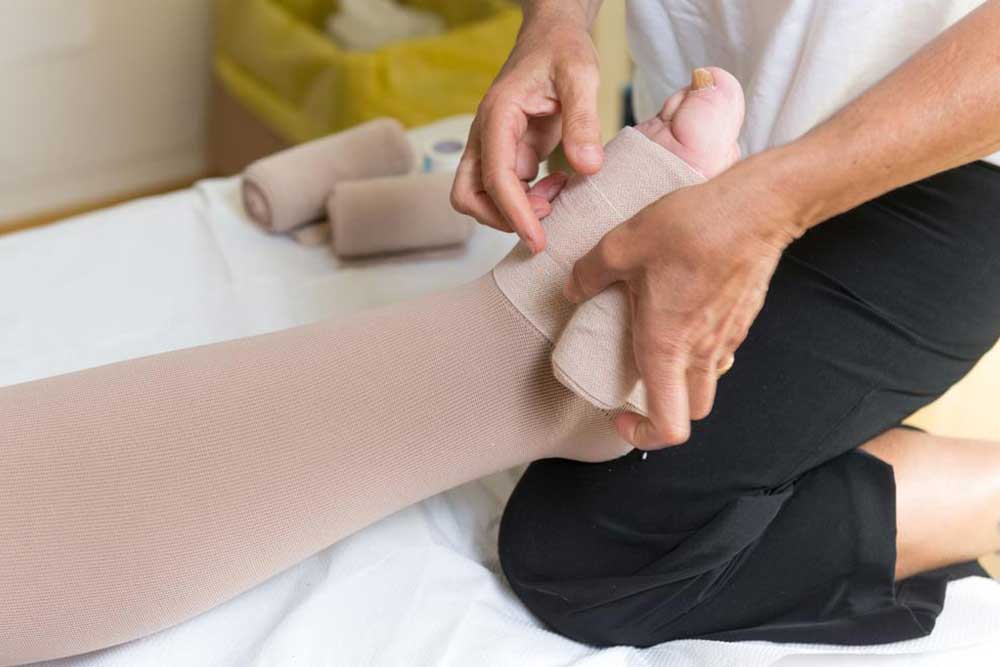
Comprehensive Guide to Leg Swelling: Causes, Symptoms, and Effective Treatment Strategies
Leg swelling, also known medically as peripheral edema, is a common health concern that can significantly impact daily life and may signal underlying medical conditions. Persistent or recurring swelling in the legs, ankles, feet, or thighs requires attention, as it can be linked to a variety of health issues ranging from benign causes to more serious medical conditions. Understanding the causes, recognizing symptoms, and exploring available treatment options are essential steps toward managing and alleviating this condition effectively.
This detailed guide aims to shed light on the various factors responsible for leg swelling, how to identify its symptoms, and what treatments are available to provide relief. Whether caused by lifestyle factors, injuries, or chronic health issues, knowing what to look for can help you seek appropriate medical care and improve your quality of life.
Common Causes of Leg Swelling
Leg swelling can develop gradually or suddenly, and its underlying causes can be quite diverse. It’s particularly prevalent among older adults, but people of all ages can experience it. The swelling might affect one or both legs and can sometimes be localized, occurring only on one side, such as in cases involving blood clots.
Understanding the primary causes helps in diagnosing and managing leg swelling effectively. The main categories include fluid retention, inflammatory causes, injuries, and other health conditions.
Primary Causes of Fluid Retention
Kidney disorders: Conditions like acute or chronic kidney disease impair the body's ability to filter and eliminate excess fluids, leading to swelling.
Heart problems: Heart failure or cardiomyopathy hinder blood circulation, causing fluid buildup in the lower extremities.
Lymphatic system disorders: Lymphedema occurs when lymphatic drainage is compromised, resulting in persistent swelling.
Blood clots: Deep vein thrombosis (DVT) obstructs blood flow, causing swelling, pain, and tenderness.
Liver cirrhosis: Liver dysfunction leads to fluid imbalance and retention.
Pregnancy: Fluids tend to accumulate due to hormonal changes and increased blood volume.
Prolonged standing or sitting: Extended immobility impairs circulation, resulting in fluid pooling in lower limbs.
Certain medications: Some drugs, such as calcium channel blockers, corticosteroids, and NSAIDs, can cause fluid retention as a side effect.
Inflammation and Injury-Related Causes
Injuries: Tears in tendons (like Achilles tendon), fractures, or sprains can cause localized swelling, warmth, and pain.
Arthritis and gout: These inflammatory joint conditions cause swelling, stiffness, and discomfort in affected areas.
Infections: Bacterial or fungal infections in the feet or ankles can lead to swelling, redness, and tenderness.
Managing and Treating Leg Swelling
Effective management depends on accurately diagnosing the underlying cause. While some causes require specialized medical treatment, others can be alleviated with lifestyle modifications and self-care strategies.
For less severe or non-critical swelling, you might try techniques such as:
Leg elevation: Elevate your legs above heart level several times a day to promote fluid drainage.
Reduced sodium intake: Following a low-sodium diet helps decrease fluid retention.
Regular movement: Taking breaks to stretch or walk during long periods of sitting or standing improves circulation.
Wearing comfortable clothing and footwear: Loose-fitting clothes prevent constriction and improve flow.
Maintaining a healthy weight: Excess weight increases pressure on the veins, worsening swelling.
If you experience associated symptoms such as difficulty breathing, chest pain, or sudden onset of swelling, seek emergency medical care immediately. Persistent or recurrent swelling warrants consultation with a healthcare provider to identify the root cause and initiate appropriate treatment.
